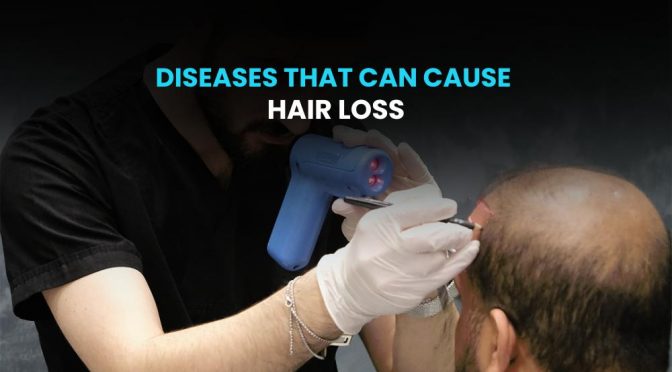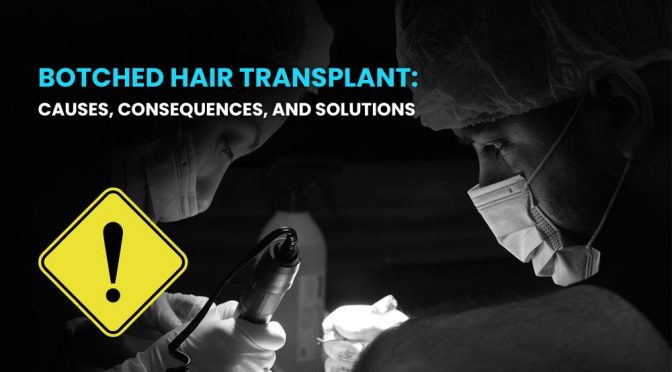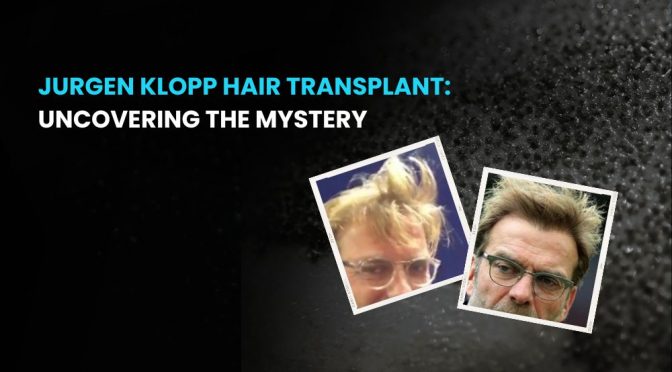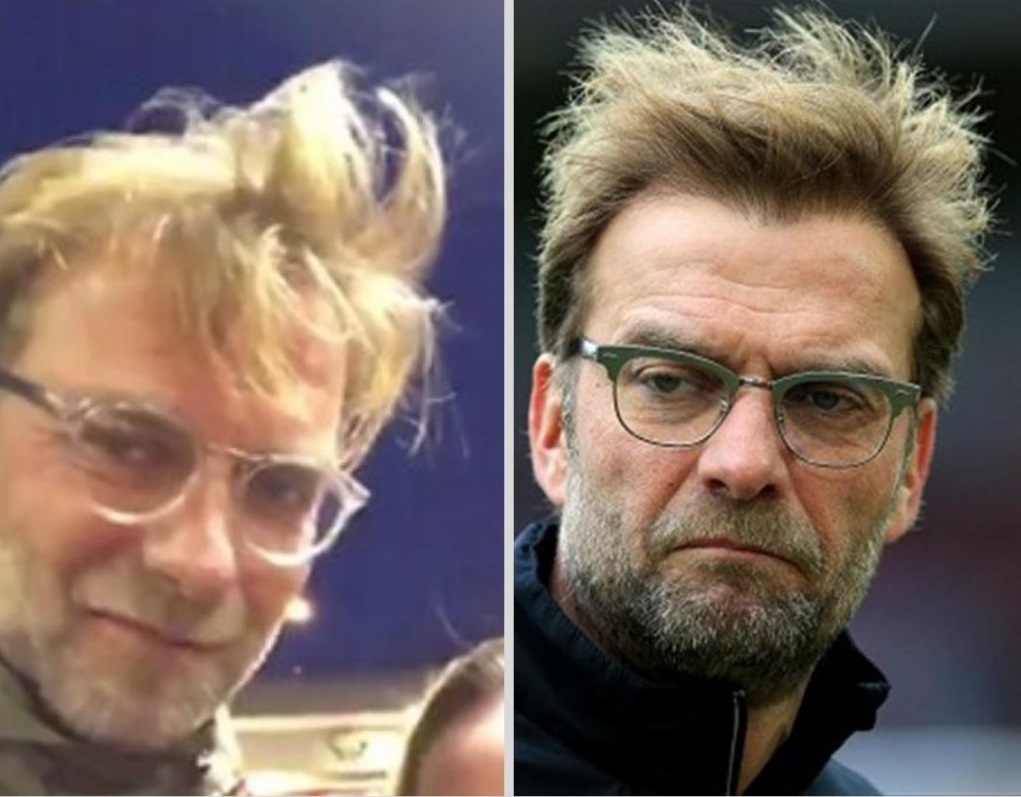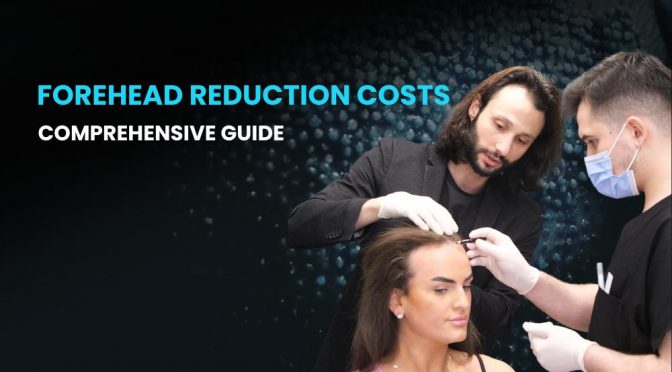Hair loss, medically known as alopecia, is a common issue that can affect people of all ages and genders. Although it is often associated with aging and genetics, there are many diseases and conditions that can lead to hair loss. In this article, we will discuss some of the most common diseases that cause hair loss, their symptoms, and potential treatments. Understanding the underlying causes of hair loss is crucial for finding the most effective treatment and regaining a healthy, full head of hair.
1. Hereditary Hair Loss
Androgenic Alopecia
Hereditary hair loss, or androgenic alopecia, is the most common cause of hair loss in both men and women. This condition is caused by a combination of genetics and hormonal factors. In men, it is known as male pattern hair loss, while in women, it is called female pattern hair loss.
Symptoms
In men, the first sign of hereditary hair loss is often a receding hairline or a bald spot at the top of the head. In women, the initial symptom is usually the overall thinning of the hair or a widening part.
Regrowth Possibility and Treatment
Yes, treatment can help stop or slow hair loss and may also help regrow hair. The earlier the treatment is started, the better it works. Without treatment, hair loss will continue.
2. Age-Related Hair Loss
As people age, they may notice some hair loss due to a decrease in hair growth rate. At some point, hair follicles stop growing hair, causing the hair on the scalp to thin. Hair may also begin to lose its color, and a woman’s hairline may naturally start to recede.
Symptoms
With age, most people experience hair loss due to the slowing of hair growth.
Regrowth Possibility and Treatment
Caught early, treatment may help some people regrow their hair.
3. Alopecia Areata
Alopecia areata is an autoimmune disease that develops when the body’s immune system attacks hair follicles, causing hair loss. This condition can lead to hair loss on the scalp, inside the nose, in the ears, and even on the eyelashes or eyebrows.
Symptoms
Alopecia areata causes hair loss in small, round patches on the scalp and other areas of the body.
Regrowth Possibility and Treatment
Yes, if hair does not regrow on its own, treatment may help stimulate regrowth.
4. Cancer Treatment-Related Hair Loss
Chemotherapy and radiation treatment for cancer can cause hair loss. Patients may lose all or most of their hair within a few weeks of starting treatment.
Symptoms
Hair loss typically occurs within a few weeks of starting chemotherapy or radiation treatment to the head or neck.
Regrowth Possibility and Treatment
Hair usually starts to regrow within months of finishing chemotherapy or radiation treatments to the head or neck. Dermatologists can offer medication to help hair grow back more quickly.
Prevention
Wearing a cooling cap before, during, and after each chemotherapy session may help prevent hair loss.
5. Hormonal Imbalances
Hormonal imbalances, such as those caused by pregnancy, childbirth, menopause, or thyroid problems, can lead to hair loss. Polycystic ovary syndrome (PCOS) is a common cause of hormonal imbalance in women, leading to cysts on the ovaries and other symptoms, including hair loss.
Symptoms
Women with hormonal imbalances may experience thinning hair or hair loss on the scalp.
Regrowth Possibility and Treatment
Treatment for the underlying hormonal imbalance may help regrow hair.
6. Scalp Infections
Scalp infections, such as ringworm, can cause hair loss. These infections can lead to scaly and inflamed areas on the scalp, along with broken hair and bald spots.
Symptoms
Scalp infection can cause scaly and inflamed areas on the scalp, as well as broken hair and bald spots.
Regrowth Possibility and Treatment
Yes, treatment can eliminate the infection, and hair tends to grow back once the infection clears.
7. Medication-Induced Hair Loss
Some medications, including those used to treat cancer, arthritis, depression, heart problems, gout, and high blood pressure, can cause hair loss as a side effect.
Symptoms
Hair loss can be a side effect of certain medications.
Regrowth Possibility and Treatment
Yes, hair may regrow after discontinuing the medication or adjusting the dosage, but always consult your doctor before making any changes to your medication regimen.
8. Scalp Psoriasis
Many people with plaque psoriasis develop psoriasis on their scalp, which can lead to hair loss.
Symptoms
Scalp psoriasis can cause hair loss in the affected areas.
Regrowth Possibility and Treatment
Hair tends to regrow once the scalp psoriasis clears, but it may take time. Dermatologists can provide tips and treatments to prevent hair loss and help hair regrowth.
9. Trichotillomania
Trichotillomania is a hair-pulling disorder that causes an irresistible urge to pull out hair from the scalp, eyebrows, or other areas of the body.
Symptoms
Hair loss occurs in the areas where hair is repeatedly pulled out.
Regrowth Possibility and Treatment
If hair follicles have not been destroyed, hair can regrow once the hair-pulling behavior is stopped.
10. Scarring Alopecia
Scarring alopecia, or cicatricial alopecia, occurs when inflammation destroys hair follicles. Once destroyed, a hair follicle cannot grow hair. This condition can be caused by various factors, including infections, autoimmune disorders, and trauma.
Symptoms
Scarring alopecia causes permanent hair loss in the affected areas.
Regrowth Possibility and Treatment
Once a hair follicle is destroyed, it cannot regrow hair. However, early detection and treatment can prevent further hair loss.
Conclusion
While many diseases and conditions can cause hair loss, it is essential to determine the underlying cause to find the most effective treatment. Consult a dermatologist or healthcare professional for a proper diagnosis and personalized treatment plan. With the right approach, it is possible to manage hair loss and regain a healthy, full head of hair.
